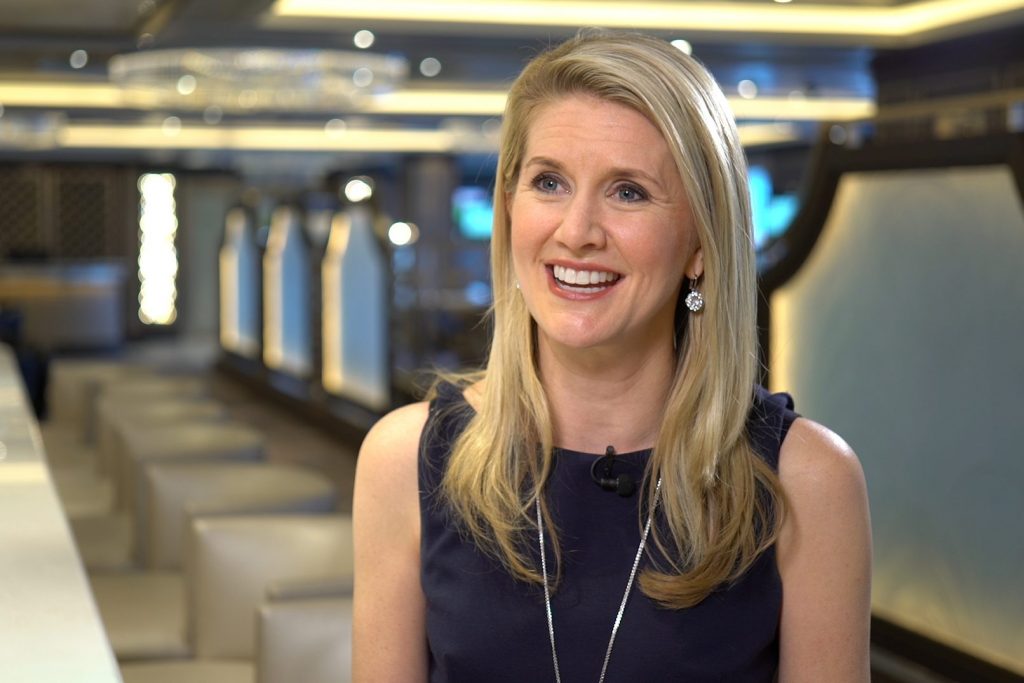Skift Global Forum Preview: Princess Cruises Is Evolving With History in Mind

Skift Take
Princess Cruises has a long history and widespread awareness, but the cruise line knows it can't rest on the past. President Jan Swartz talks about innovation, authenticity, and why diversity in leadership is good for business.
When Jan Swartz started working with Princess Cruises in 1997, initially as a consultant with Bain & Company, the storied cruise line was preparing to welcome the world's largest passenger ship.
By today's 5,400-passenger standards, Grand Princess was a wee little ship, with capacity for 2,600 guests. But at the time, it was a behemoth.
"At the time, we were acutely focused on 'How do we grow dramatically while preserving the personal touch of how we serve at Princess?'," said Swartz, who is now the cruise line's president. "And today we are equally if not more focused on that, and yet have an enormous array of new technologies and tools and great diversity of crew members to help us do just that."
In recent years, the operator, part of Carnival Corp., has expanded into several countries in Asia, launched a massive technology project called Ocean Medallion, and is about to mark its 50th year in Alaska in 2019. And, of course, Princess has added many new ships.
In July, the company announced a new generation of ships launching in 2023, the largest yet with space for 4,300 passengers. Swartz spoke to Skift about ship size, tech innovations, and being one of a handful of women in leadership positions at cruise lines. She appears at Skift Global Forum Sept. 28 with Celebrity Cruises President and CEO Lisa Lutoff-Perlo and Carnival Cruise Line President Christine Duffy.
This interview has been edited for length and clarity.
Skift: [Princess has] been around for a while without getting that big before. Why is now the right time — or 2023 the right time — to grow to that size,
